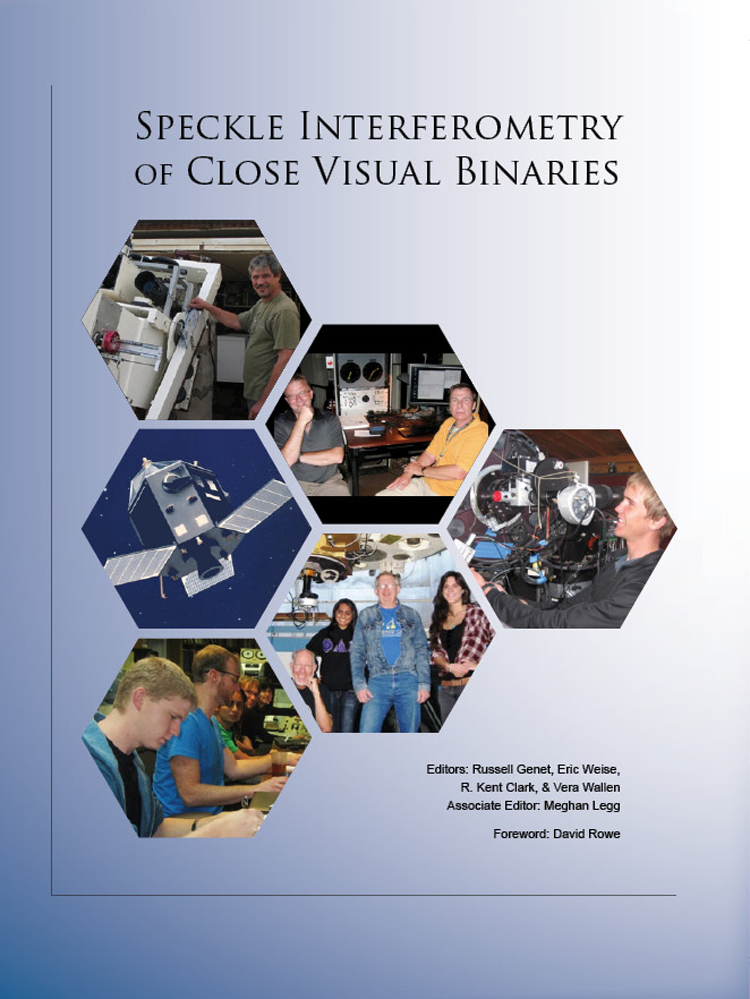|
In 1970, Anton Labeyrie, a French
astronomer, beat the seeing limit by taking hundreds of very
short-exposure images of close binary stars with a high-speed
film camera and processing these images in Fourier space. By
circumventing the seeing limit, speckle interferometry made it
possible to observe visual binaries with small separations. By
the early 1980s, Harold McAlister, William Hartkopf, and their
associates were making speckle interferometry observations of
very close binaries on the 2.1- and 4.0-meter telescopes at Kitt
Peak National Observatory with an intensified CCD camera
connected to an Osborne portable computer. Long the province of
professional astronomers on larger telescopes, Florent Losse, a
French amateur astronomer, pioneered binary star speckle
interferometry for smaller telescopes. Over the past three
years, speckle observations of close visual binaries have been
made by an eclectic group of student, amateur, and professional
astronomers with a portable EMCCD-based speckle interferometry
camera on two smaller telescopes and then on the 0.8- and
2.1-meter telescopes at Kitt Peak National Observatory.
This group is also pursuing two advanced technologies: full
automation to increase the quantity of observations in an
economical manner, and masks adapted from exoplanet imaging to
disperse the bright primary starlight away from “discovery
zones” so that faint secondary
stars can be detected.
|

